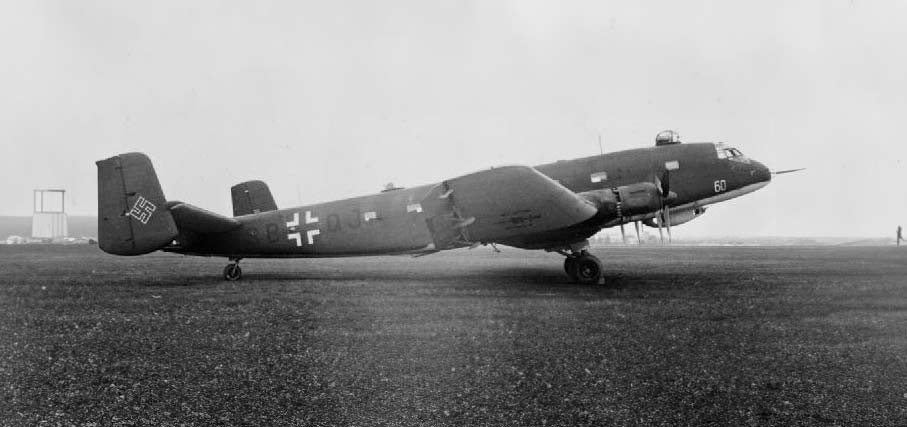The Junkers Ju 290, a large German WWII aircraft, served as a long-range bomber, reconnaissance, and transport plane.
The Junkers Ju 290 was a significant aircraft for Germany during World War II, fulfilling various roles from long-range reconnaissance to heavy transport. This article aims to explore the development, design, performance, and military usage of the Ju 290, highlighting its impact on aerial warfare and transportation.
History of the Development of the Junkers Ju 290:
In the context of World War II, Germany faced increasing demands for long-range aircraft capable of performing diverse roles, including maritime reconnaissance, transport, and bombing. The Junkers Ju 290, developed by Junkers Flugzeug- und Motorenwerke AG, was a response to these needs. The project, led by Ernst Zindel, aimed to create a multi-purpose aircraft based on the earlier Ju 90 airliner.
The development of the Ju 290 was driven by the Luftwaffe’s requirement for an aircraft that could cover vast distances, particularly for maritime patrol and Atlantic reconnaissance missions. The first prototype flew in 1942, demonstrating the potential to fulfill various roles in the Luftwaffe’s arsenal.
Design of the Junkers Ju 290:
The Ju 290 featured a robust and sizable design, with a length of 28.6 meters (93.8 feet) and a wingspan of 42 meters (137.8 feet). Its airframe was predominantly metal, with a high-wing configuration and a fully retractable landing gear.
Powered by four BMW 801 radial engines, the Ju 290 was designed for long-range missions. It was equipped with multiple defensive armaments, including machine guns and cannons, located in dorsal, ventral, and lateral positions for comprehensive coverage.
The aircraft had a spacious interior, allowing it to carry a substantial payload, be it cargo, personnel, or bombs. However, its size and complexity posed challenges in terms of production and maintenance, and its heavy weight impacted speed and agility.

Performance of the Junkers Ju 290:
Each BMW 801 engine of the Ju 290 delivered about 1,560 horsepower, enabling a maximum speed of approximately 440 km/h (273 mph). The aircraft had a service ceiling of 6,000 meters (19,685 feet) and a remarkable range of up to 6,100 kilometers (3,790 miles), making it suitable for long-range missions.
In comparison to contemporary long-range aircraft like the American B-17, the Ju 290 had a superior range but was generally slower and less agile. Its strength lay in its versatility and payload capacity rather than in speed or combat maneuverability.
Military Use and Combat of the Junkers Ju 290:
The Ju 290’s armament and range made it suitable for various military roles. It served primarily in long-range reconnaissance and maritime patrol, where its ability to cover vast distances was invaluable. The aircraft was also used for transport missions, including carrying supplies and personnel.
In combat, the Ju 290 engaged in various operations, particularly in the Atlantic for reconnaissance and patrol missions. Its ability to carry heavy payloads made it useful for limited bombing operations.
The Ju 290 faced competition from allied reconnaissance and patrol aircraft but was unique in its long-range capabilities. Its production was limited, and it was primarily used by the Luftwaffe, with no significant exports or post-war service.
The Junkers Ju 290 was a unique aircraft that played a multifaceted role during World War II. Its development was a testament to German engineering, designed to meet the strategic demands of long-range, versatile aircraft. In operational terms, the Ju 290 demonstrated its capabilities in reconnaissance, transport, and limited combat roles. Although not produced in large numbers, its impact on long-range aviation missions was significant, marking it as an important, though less-known, aircraft of the war. The legacy of the Ju 290 lies in its demonstration of the strategic importance of long-range, multi-role aircraft in modern warfare.
Back to the Bombers section.